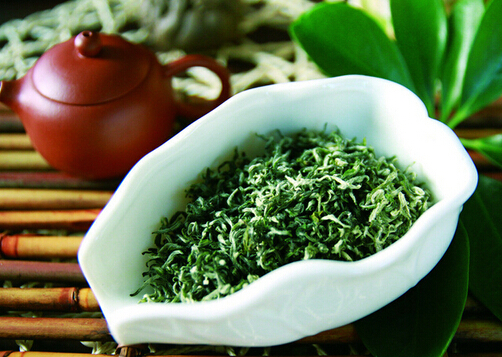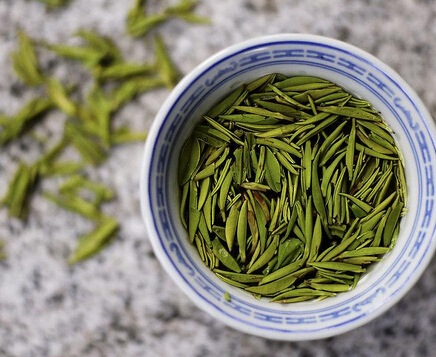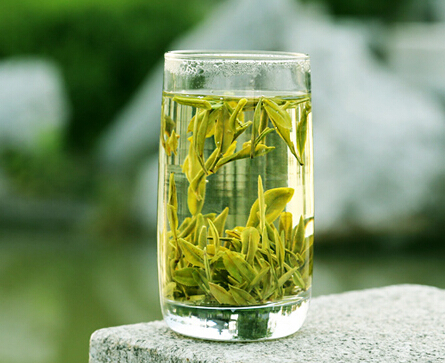Why do tea leaves have so much fuzz? Is the fuzz good or bad? Let’s explore this today.

Biluochun
These fine hairs come from the young buds of the tea plant and are also called tea trichomes.
Tea trichomes mainly grow on the lower epidermis of tender buds and leaves. They contain rich components like polyphenols, amino acids, and caffeine, which greatly influence the flavor and quality of the dried tea.
Therefore, tender buds with more trichomes often produce teas with a distinct aroma.
Tea trichomes not only reflect the characteristics of the tea variety but also enhance the appearance of the tea leaves and improve the quality of the brewed tea.

Junshan Yinzhen
Tea leaves with abundant trichomes are a sign of tenderness and high quality. The amount and visibility of trichomes are also key factors in evaluating tea quality.
When the trichomes dissolve into the tea soup, they enhance its aroma and taste due to their rich amino acids and other beneficial components. A moderate amount of trichomes makes the tea soup fresher and more flavorful.
For example, premium teas like Biluochun and Junshan Yinzhen have a rich, mellow taste and a refreshing aroma, partly due to their tender leaves and abundant trichomes.

Huangshan Maofeng
However, tea with too many trichomes may appear slightly cloudy when brewed, which can be mistaken for poor quality. How can you tell the difference?
Generally, tea with more trichomes will appear slightly cloudy for the first two or three infusions but will clear up afterward. In contrast, low-quality tea will remain cloudy. Brewing it two or three times can help distinguish between the two.